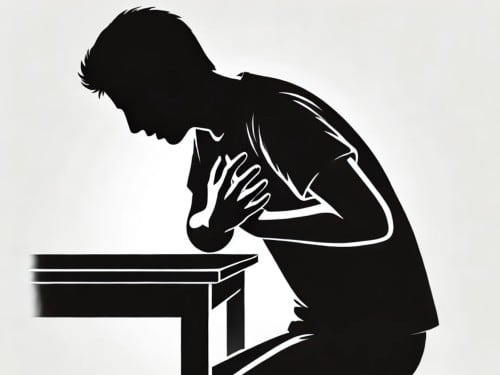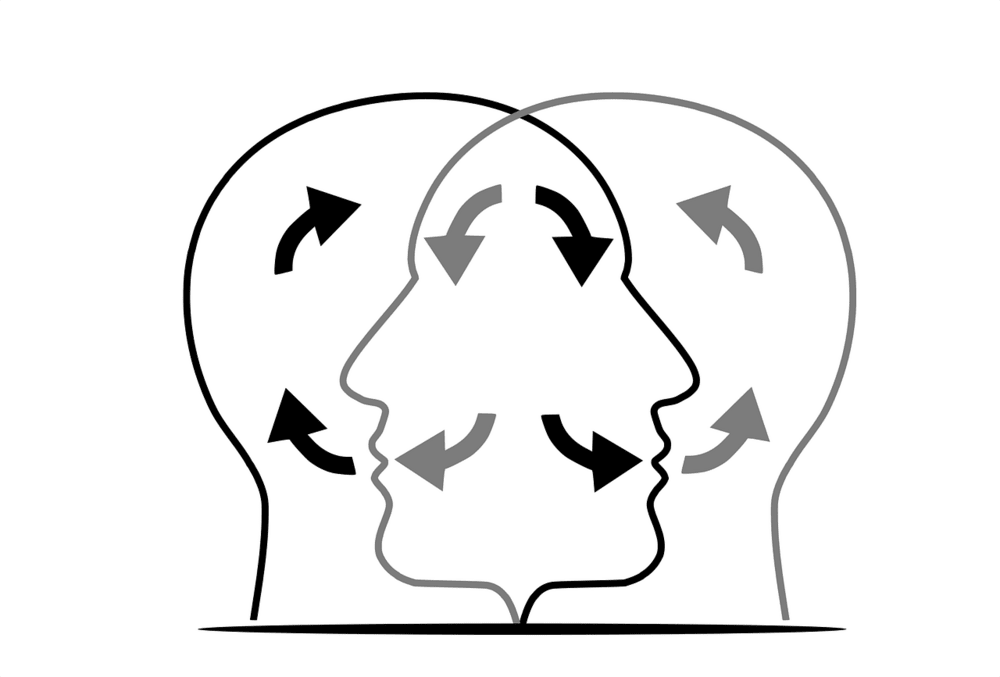How to Stop a Panic Attack

posted 4th March 2025

How to Stop a Panic Attack: Strategies Backed by Psychology
Panic attacks can be terrifying. They strike suddenly, overwhelming the body and mind with a flood of fear, rapid heartbeat, shortness of breath, dizziness, and an impending sense of doom. Despite feeling like a heart attack or a complete loss of control, panic attacks are not physically dangerous. However, they can be deeply distressing and, if left unchecked, may contribute to anxiety disorders.
Psychologists have developed and tested numerous strategies to manage panic attacks, many of which involve understanding the mechanisms behind them and applying effective techniques.
1. Grounding Techniques: Focusing on the Present
One of the most effective ways to stop a panic attack is grounding. This involves redirecting attention from internal sensations of fear to external realities. A popular method is the 5-4-3-2-1 technique, where individuals name:
5 things they can see,
4 things they can touch,
3 things they can hear,
2 things they can smell,
1 thing they can taste.
2. Breath Control: Managing Hyperventilation
Panic attacks often cause hyperventilation, which leads to dizziness and increased anxiety. Controlled breathing exercises, such as deep diaphragmatic breathing (4-7-8 method), help regulate oxygen intake and calm the nervous system. The technique involves:
Inhaling for 4 seconds,
Holding for 7 seconds,
Exhaling for 8 seconds.
3. Cognitive Reframing: Challenging Catastrophic Thoughts
Panic attacks thrive on catastrophic thinking—believing something terrible is about to happen. A key psychological strategy is cognitive reframing, where individuals challenge irrational fears by asking:
Is this thought based on facts or fear?
What evidence suggests I am in actual danger?
Has a panic attack ever truly harmed me before?
4. Progressive Muscle Relaxation: Releasing Tension
Panic attacks cause muscle tension, which worsens distress. Progressive Muscle Relaxation (PMR) involves tensing and relaxing different muscle groups, promoting physical and emotional calm.
5. Exposure Therapy: Facing the Fear
Repeated avoidance of anxiety-provoking situations reinforces fear. Exposure therapy, a gold-standard treatment for panic disorder, gradually exposes individuals to feared sensations in a controlled way.
Media Portrayals of Panic Attacks
Popular television shows have depicted panic attacks in various ways. One of the most well-known portrayals is in The Sopranos, where mob boss Tony Soprano experiences severe panic attacks and seeks treatment from Dr. Jennifer Melfi. The show accurately presents the debilitating nature of panic attacks but leans heavily on psychoanalysis rather than practical coping strategies. Tony’s therapy focuses on deep-seated psychological issues rather than immediate relief techniques like grounding, breathing exercises, or cognitive reframing. Other shows, such as BoJack Horseman and This Is Us, have also depicted panic attacks with varying degrees of accuracy, highlighting the growing awareness of mental health in media.
Final Thoughts
Panic attacks are distressing but manageable with the right strategies. While media depictions highlight the suffering caused by panic, they often neglect the practical interventions that can stop an attack in its tracks. Understanding and applying techniques like grounding, breath control, cognitive reframing, and relaxation exercises can empower individuals to navigate panic attacks effectively.
If you or someone you know experiences frequent panic attacks, seeking guidance from a licensed psychologist can provide personalised coping strategies tailored to individual needs.



